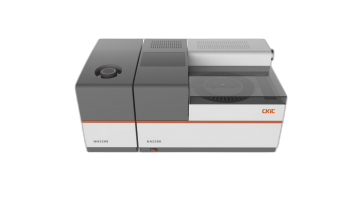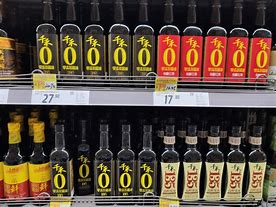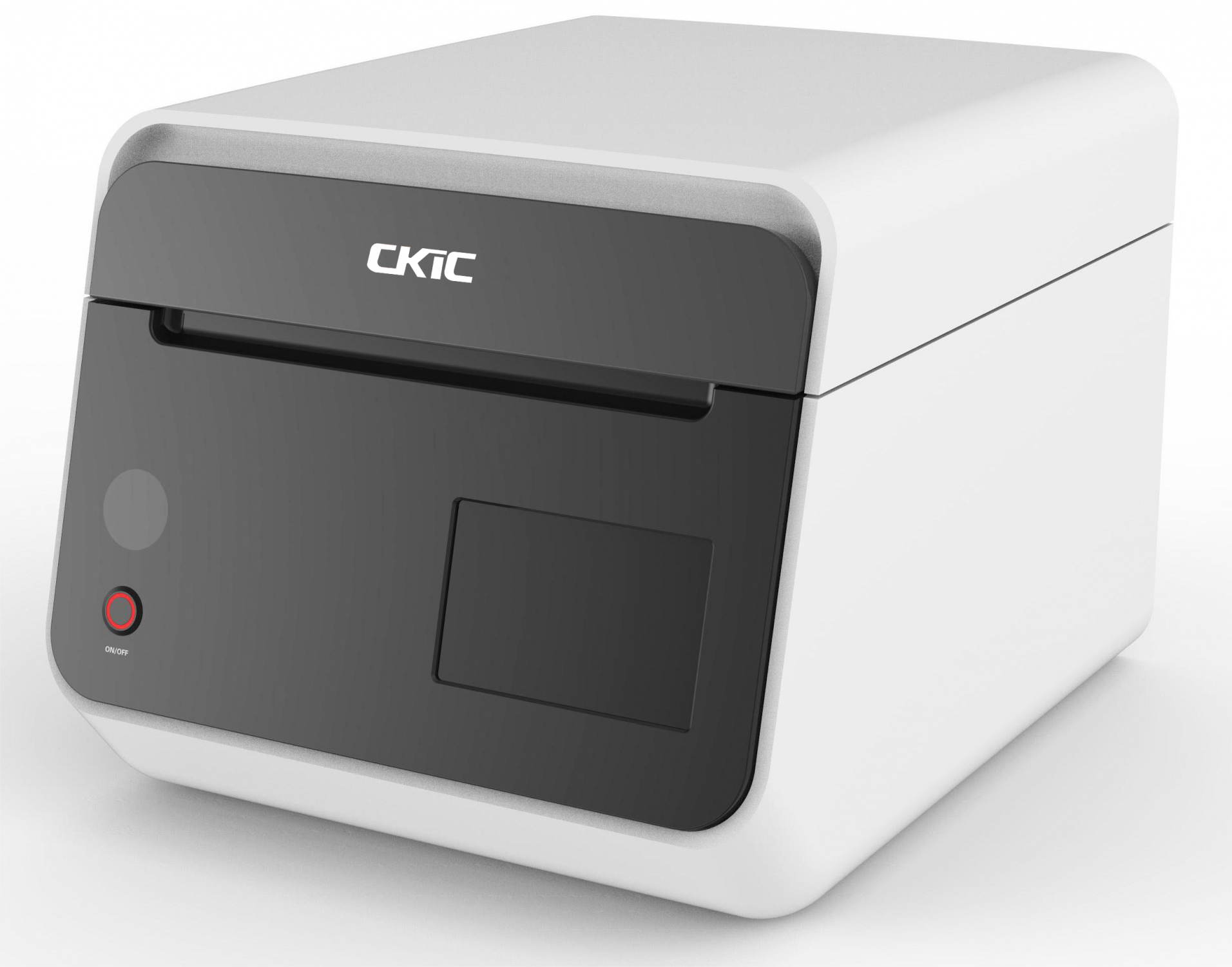Coal utilization, combustion of coal or its conversion into useful solid, gaseous, and liquid products. By far the most important use of coal is in combustion, mainly to provide heat to the boilers of electric powerplants. Metallurgical coke is the major product of coal conversion. In addition, techniques for gasifying and liquefying coal into fuels or into feedstocks for the chemical industry are well developed, but their commercial viability depends on the availability and price of the competing fossil fuels, petroleum and natural gas.
Properties Affecting Coal Utilization
Coal rank
The formation of coal from a variety of plant materials via biochemical and geochemical processes is called coalification. The nature of the constituents in coal is related to the degree of coalification, the measurement of which is termed rank. Rank is usually assessed by a series of tests, collectively called the proximate analysis, that determine the moisture content, volatile matter content, ash content, fixed-carbon content, and calorific value of a coal.
Moisture content
Moisture content is determined by heating an air-dried coal sample at 105–110 °C (221–230 °F) under specified conditions until a constant weight is obtained. In general, the moisture content increases with decreasing rank and ranges from 1 to 40 percent for the various ranks of coal. The presence of moisture is an important factor in both the storage and the utilization of coals, as it adds unnecessary weight during transportation, reduces the calorific value, and poses some handling problems.
Volatile matter content
Volatile matter is material that is driven off when coal is heated to 950 °C (1,742 °F) in the absence of air under specified conditions. It is measured practically by determining the loss of weight. Consisting of a mixture of gases, low-boiling-point organic compounds that condense into oils upon cooling, and tars, volatile matter increases with decreasing rank. In general, coals with high volatile-matter content ignite easily and are highly reactive in combustion applications.
Mineral (ash) content
Coal contains a variety of minerals in varying proportions that, when the coal is burned, are transformed into ash. The amount and nature of the ash and its behavior at high temperatures affect the design and type of ash-handling system employed in coal-utilization plants. At high temperatures, coal ash becomes sticky (i.e.,sinters) and eventually forms molten slag. The slag then becomes a hard, crystalline material upon cooling and resolidification. Specific ash-fusion temperatures are determined in the laboratory by observing the temperatures at which successive characteristic stages of fusion occur in a specimen of ash when heated in a furnace under specified conditions. These temperatures are often used as indicators of the clinkering potential of coals during high-temperature processing.
Fixed-carbon content
Fixed carbon is the solid combustible residue that remains after a coal particle is heated and the volatile matter is expelled. The fixed-carbon content of a coal is determined by subtracting the percentages of moisture, volatile matter, and ash from a sample. Since gas-solid combustion reactions are slower than gas-gas reactions, a high fixed-carbon content indicates that the coal will require a long combustion time.
Calorific value
Calorific value, measured in British thermal units or megajoules per kilogram, is the amount of chemical energy stored in a coal that is released as thermal energy upon combustion. It is directly related to rank; in fact, the ASTM method uses calorific value to classify coals at or below the rank of high-volatile bituminous (above that rank, coals are classified by fixed-carbon content). The calorific value determines in part the value of a coal as a fuel for combustion applications.
Physical properties
Grindability
The grindability of a coal is a measure of its resistance to crushing. Two factors affecting grindability are the moisture and ash contents of a coal. In general, lignites and anthracites are more resistant to grinding than are bituminous coals. One commonly used method for assessing grindability is the Hardgrove test, which consists of grinding a specially prepared coal sample in a laboratory mill of standard design. The percent by weight of the coal that passes through a 200-mesh sieve (a screen with openings of 74 micrometres, or 0.003 inch) is used to calculate the Hardgrove grindability index (HGI). The index is used as a guideline for sizing the grinding equipment in a coal-preparation plant.
Thermoplastic properties
When many bituminous coals are heated, they soften and form a plastic mass that swells and resolidifies into a porous solid. Coals that exhibit such behavior are called caking coals. Strongly, caking coals, which yield a solid product (coke) with properties suitable for use in a blast furnace, are called coking coals. All coking coals are caking, but not all caking coals are suitable for coke making.
Source from Britannica





